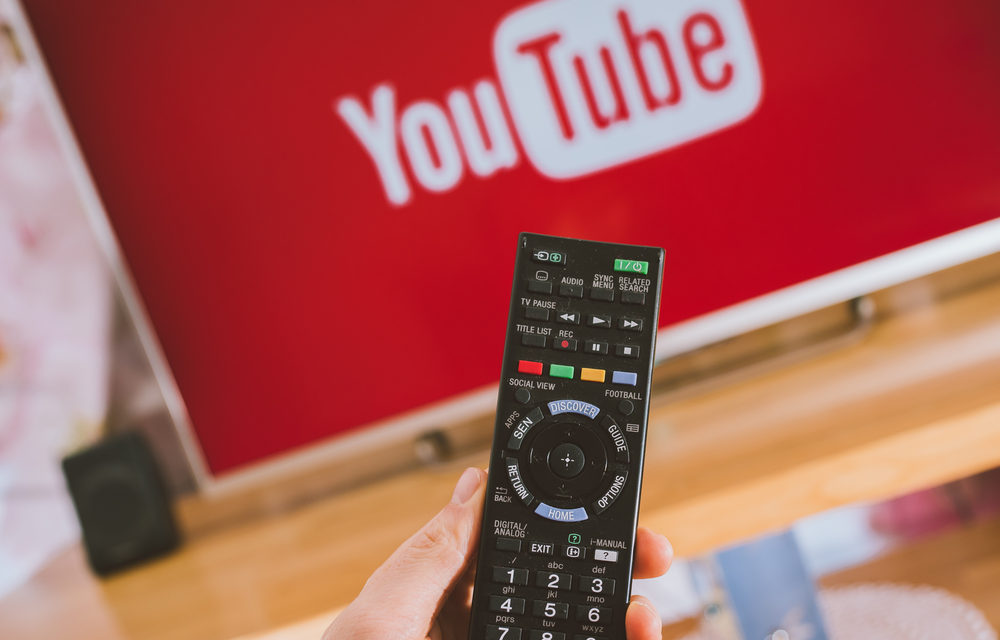Editorial credit: A. Aleksandravicius / Shutterstock.com
By
Source: www.nexttv.com, June 2021
Ad tech execs say the share of audience watching the ad-supported service on TVs instead of computers and smart phones very quickly grew from only around 12% amid the pandemic
The share of YouTube’s vast audience watching the free, ad-supported video platform on internet-connected TVs has very quickly grown from only around 12% to about 40%, according to a report in The Information, citing unnamed ad tech executives who work closely with Google.
For comparison, Netflix says that around 70% of its audience streams its programming on connected TVs.
The report comes just days after Nielsen released a revealing infographic, suggesting that YouTube commands the same share of overall U.S. TV usage as Netflix, around 6%.
In March, YouTube’s top product manager, Neal Mohan, said users watching the platform on TVs had increased to 120 million vs. 100 million a year prior. This growth, he said, has switched on a “lightbulb” in the heads of advertisers and media planners about the potential of connected TV marketing.
Maybe… a shift is occurring, but there still doesn’t seem to be a connected TV revolution at hand in the ad world.
Google parent company Alphabet said that YouTube generated $6.01 billion in advertising revenue in the first quarter, up 49% year over year.
The ability to command the more premium ad rates on connected TV vs. categories like mobile has undoubtedly contributed to this growth.
But according to The Information report, many traditional TV advertisers are still “balking” at moving over ad dollars to YouTube en masse. As the Nielsen graphic revealed, 64% of the total audience is still using linear methods to consume TV.
A shift is indeed occurring— the Interactive Advertising Bureau projects connected TV advertising revenue will increase by 14% in 2021, while traditional television’s share will drop by 5%.
Meanwhile, eMarketer projected U.S. connected TV ad spend will grow from $8.11 billion in 2020 to $18.3 billion by 2024.
But these growth projections aren’t being significantly altered by YouTube’s lighting-fast ascendency in the American living room.

